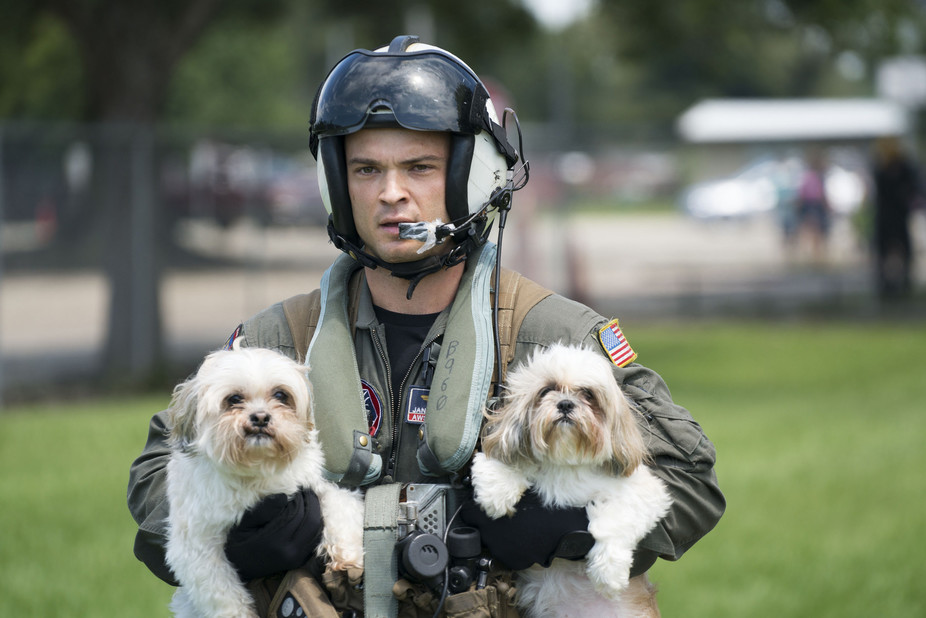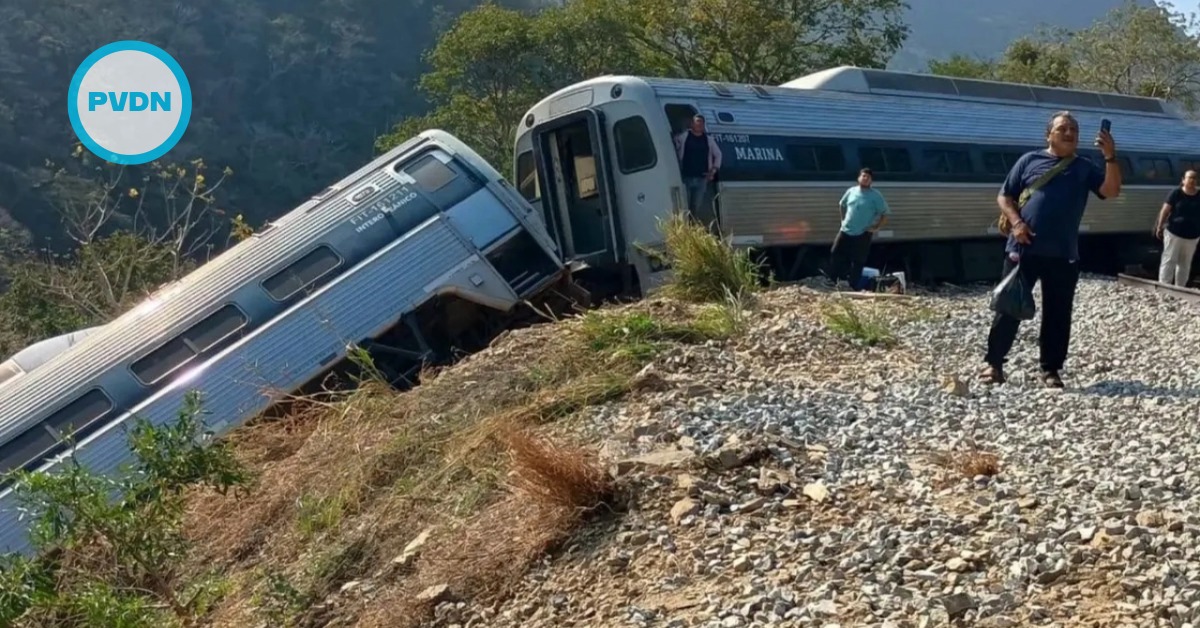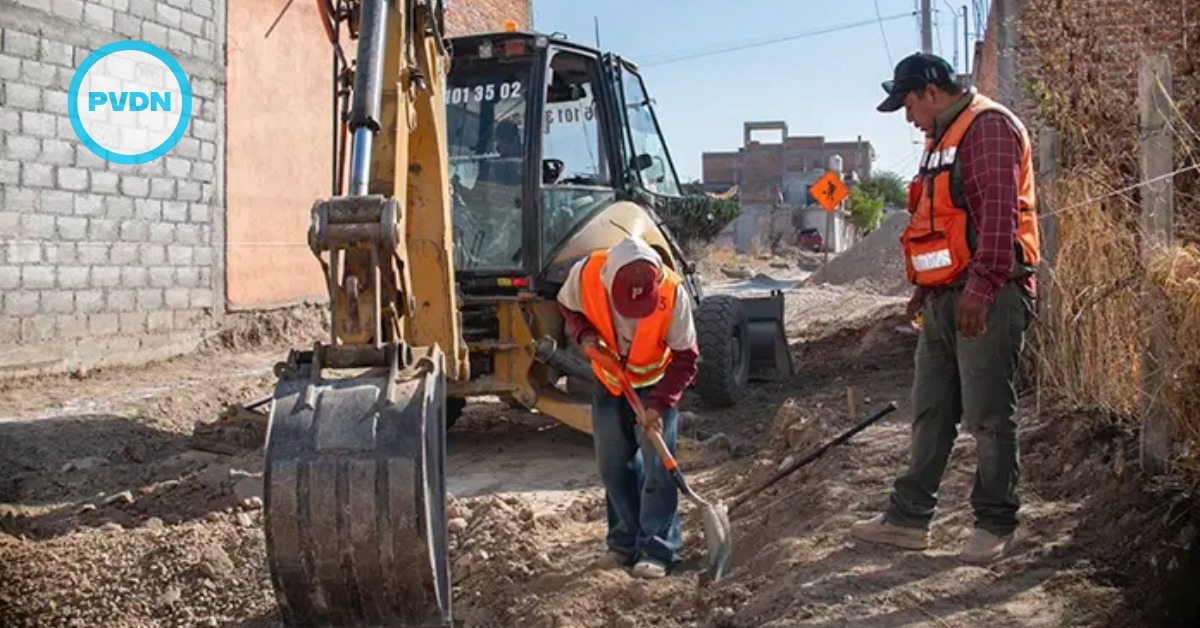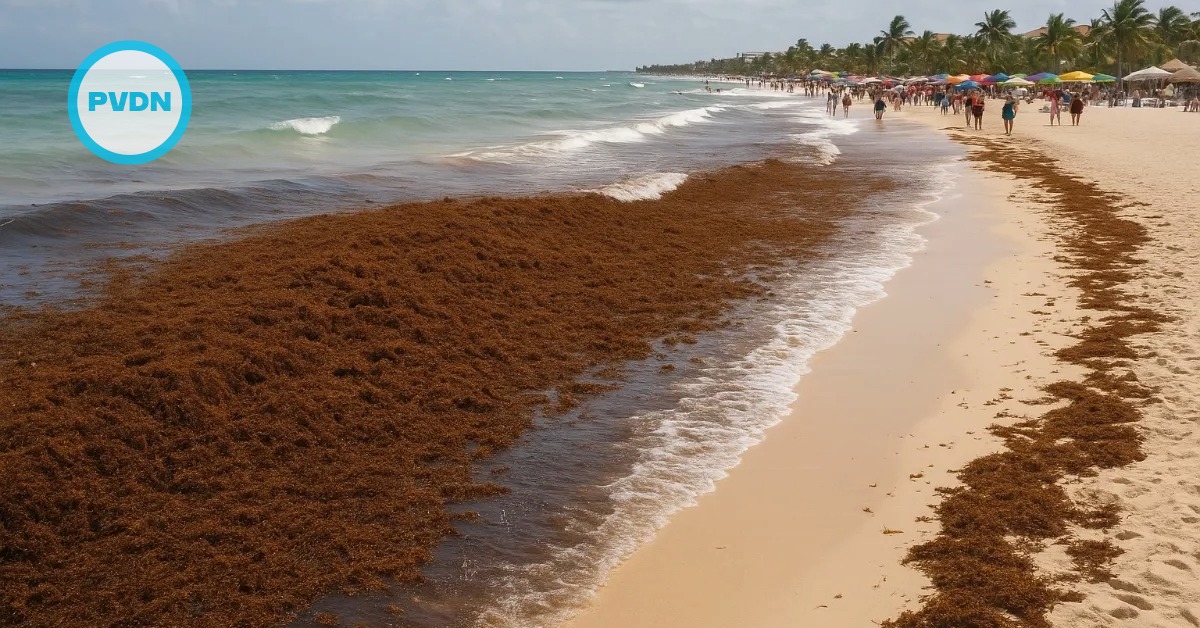It is too early to know how many animals were affected by the severe weather spawned by Hurricane Harvey. But it is likely that millions of pets and livestock animals were impacted by this disaster. Now Irma is brewing in the Caribbean.
According to the American Veterinary Medical Association’s pet ownership calculator, more than 30 percent of metro Houston’s two million households owned at least one dog or cat before Harvey . . .






